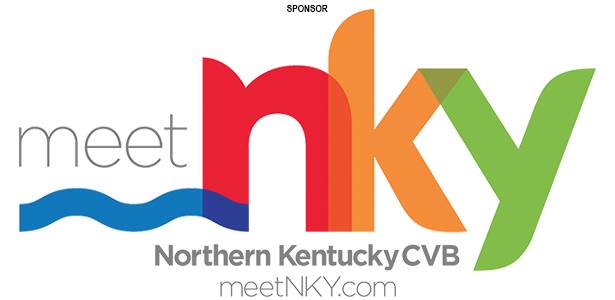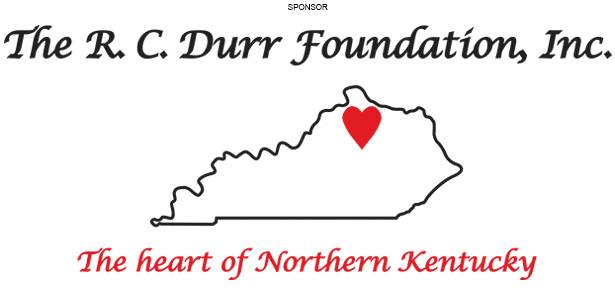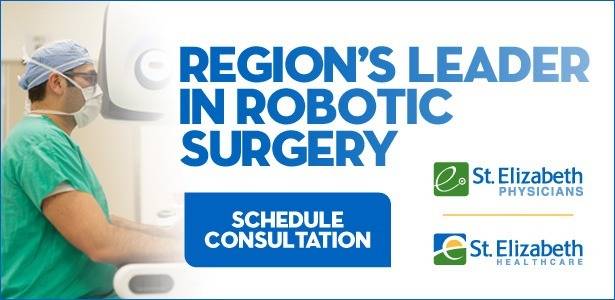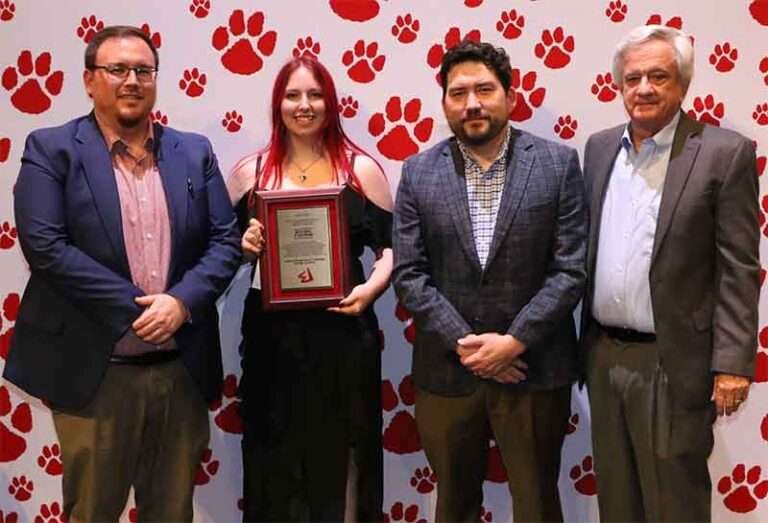Toxic pollution. Sewage contamination. Flooding. These are some of the concerns people in the 14-state Ohio River region have about local waters, according to a new report released Tuesday by the Ohio River Basin Alliance and the National Wildlife Federation.
The report’s findings stem from 31 community listening sessions held in 2022 and 2023 for residents in the 14-state Ohio River Basin that includes Alabama, Georgia, Illinois, Indiana, Kentucky, Maryland, Mississippi, New York, North Carolina, Ohio, Pennsylvania, Tennessee, Virginia, and West Virginia. Read the report on the National Wildlife Federation and Ohio River Basin Alliance websites.

Input from the sessions is being used to inform the Ohio River Basin Alliance’s plan to restore and protect the waters of the Ohio River Basin. The plan, once complete, will be delivered to the U.S. Congress, with the goal of securing the federal investments to implement the plan’s recommendations.
“A top priority for the Ohio River Basin Alliance is to ensure that the final Ohio River restoration and protection plan is a community-driven document that encompasses the clean water priorities of people in cities and towns across the region,” said Craig Butler, chair of the Ohio River Basin Alliance. “We are listening to communities, taking their comments to heart, and incorporating their ideas into a blueprint to restore these vital waters by supporting solutions that benefit our environment and economy.”
“The Ohio River is vital to my district, Louisville, Kentucky, and our region’s economic success,” said U.S. Rep. McGarvey, Co-Chair of the Ohio River Basin Caucus. “Thank you to everyone at the Ohio River Basin Alliance and National Wildlife Federation who worked on this report to show just how much people care about protecting the Ohio. I’m committed to working with my bipartisan colleagues in Congress to get the Ohio River the funding it needs to restore and revitalize it for generations to come.”
Key findings of the new report, “Community Priorities for Ohio River Basin Restoration and Protection,” include:
• People see drinking water contamination as a top concern, along with flooding.
• People see pollution prevention as essential to prevent new harm to people and communities.
• People see the restoration of local waters tied to the health of local communities and increased quality of life, such as increased access to recreational opportunities.
• People see restoration investments as strong local economic drivers and want workforce development and job training programs so local workers can benefit from restoration actions.
“Residents are dealing with serious threats to their drinking water, health, and well-being—and they want those problems addressed with a sense of urgency,” said Jordan Lubetkin, director of Ohio River Restoration for the National Wildlife Federation. “The onus is now on us to take what we’ve heard in local communities and put forward manageable solutions, so that every person in the region has access to clean, safe and affordable drinking water, healthy communities, and recreational opportunities. The good news is that we have solutions, and it is time to use them, before the problems get worse and more expensive to solve.”
Findings from the report are being incorporated into the Ohio River Basin Alliance’s plan to restore and protect the waters of the 14-state region, which is being written under the leadership of the National Wildlife Federation and Ohio River Valley Water Sanitation Commission.
More than 25 million people live in the Ohio River Basin and depend on its interconnected waters for their drinking water, public health, jobs, recreation, and quality of life. The goal is to secure federal investments to restore and protect the connected rivers, wetlands, and streams of the 14-state Ohio River Basin. Every year, the U.S. Congress invests in actions to heal the nation’s great waters, including the Chesapeake Bay, Florida Everglades, and Great Lakes. Ohio River advocates are hoping that the regional restoration plan is a catalyst for increased federal action to address longstanding threats to the region’s water, including sewage contamination, toxic pollution, mine waste, invasive species, runoff pollution, and habitat loss.
The report was born out of 31 community listening sessions, where residents discussed their concerns about local waters, as well as solutions to address those concerns. Sixteen in-person meetings took place in Cairo, Ill.; California, Pa.; Cincinnati, Ohio (2); Evansville, Ind.; Huntington, W.Va.; Louisville, Ky; Marietta, Ohio; Nashville, Tenn.; Pittsburgh, Pa. (2); Waynesville, Ohio; Wheeling, W.Va.; Williamson, Ky./W.Va.; and Winchester, Ky. (2). An additional 15 sessions were conducted online.
The community listening sessions were conducted by the National Wildlife Federation, in collaboration with partnering organizations, including: Black Appalachia Coalition, Bluegrass Greensource, Carbondale United, Chautauqua-Conewango Consortium, Chautauqua Lake Association, Inc., Concerned Citizens of Martin County, EnviroKinetics, Inc., Evansville, Ind., NAACP Environment and Climate Justice Committee, Fourpole Creek Watershed Association, Friends of the Cheat, Friends of the Tug Fork River, Groundwork Ohio River Valley, Izaak Walton League of America, Harry Enstrom Chapter, Kentucky Riverkeeper, Kentucky Waterways Alliance, Men of Power – Women of Strength Inc., Miami Conservancy District, Miami Valley Regional Planning Commission, Mid-Ohio Valley Climate Action, National Road Heritage Corridor, Ohio Environmental Council, Ohio River Foundation, Ohio River Way, Ohio-Kentucky-Indiana Regional Council of Governments, River City Paddle Sports, Rural Action, Southwestern Pennsylvania Water Network, Three Rivers Waterkeeper, University of Kentucky’s Kentucky Water Resources Research Institute, Urban Green Lab, UrbanKind Institute, Warren County Soil and Water Conservation District, and West Virginia Rivers Coalition.
Ohio River Valley Water Sanitation Commission

















